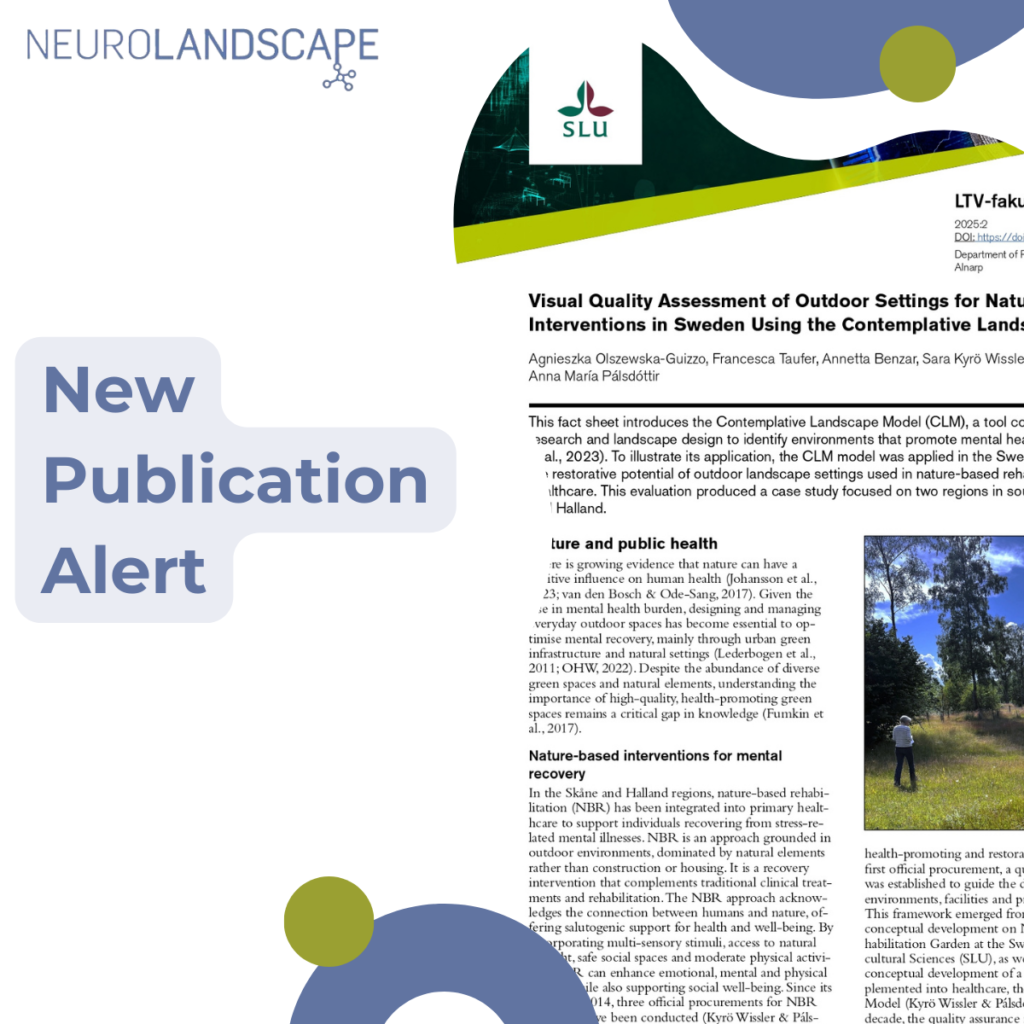Research Gate link
Tag: field trip
Building Back Differently: The Role of CLM in Public Health Promotion through Nature-based Solutions
“The future of humanity is undoubtedly urban,” warns the UN-Habitat in their World Cities Report (2022), urging public health policies to address the growing health risks associated with urban expansion. Urban environments — characterized by traffic, pollution, noise, and overcrowding — not only create fertile ground for physical health issues but also place a significant Read More


